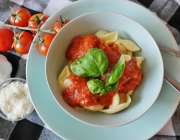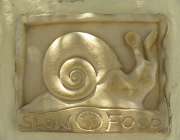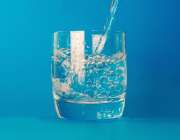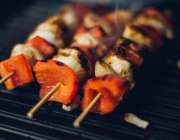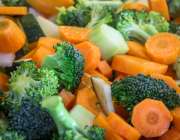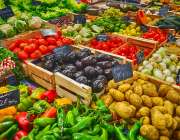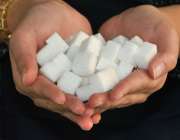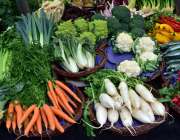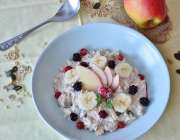- Email: info@yournutrition.site
- Home
- Living well
- Services
-
Recipes
- Recipes overview
- Large nutrition filter
- Breakfast
-
Lunch
- Spiced lentil soup
- Curried butternut squash and peanut butt
- Hearty leek and potato soup
- One pot spanish rice and bean soup
- Roasted veg filled herb egg rolls
- Spanish tortilla
- Vine tomato soup
- Chickpea and chorizo soup
- Pumpkin, sweet potato and ginger soup
- Minestrone soup
- Hot plum and fennel salad
- Chickpea and spinach curry
- Pink scottish salad
- Potato, pea and mint tortilla
- How to make your own kimchi
- Skirlie ball recipe
- Spiced carrot & lentil soup
- Poached eggs with grilled vegetables on
-
Dinner
- Hearty root veg curry
- Tarka dal
- Batch cooked beef stew
- Batch cooked chicken biryani
- Spiced pilau rice
- Pesto risotto with caramelised onions
- Mexican style sweet potato gratin
- Idiyappam
- Pumpkin risotto
- Jamaican black bean stew
- Balsamic roasted beetroot
- Easy peasy pizza
- Carrot and celeriac gratin
- Leek and potato cake
- Kale pesto
- Macaroni cheese
- Joe's healthier chilli
- Chicken jalfrezi
- Snacks
- Desserts
- Special diets
- Learn to cook
- Testimonials
- About
-
News
- News overview
- Nbite
- Nutrition News
- Site News
-
General News
- Coming soon
- Local News
-
Promotions
- Coming soon
-
Competitions
- Coming soon
- Links
- Contact
-
Living well
- Home
- Living well
- Healthy eating
- Noodles and Pasta
Noodles and Pasta
- Sep 16, 2018
- Joe Jones
- 598 words, Reading time around 3 minutes
- Living well
-
Healthy eating
Home & Business
Noodles Pasta learn-to-cook health food recipe https-yournutrition-site
Noodles and Pasta
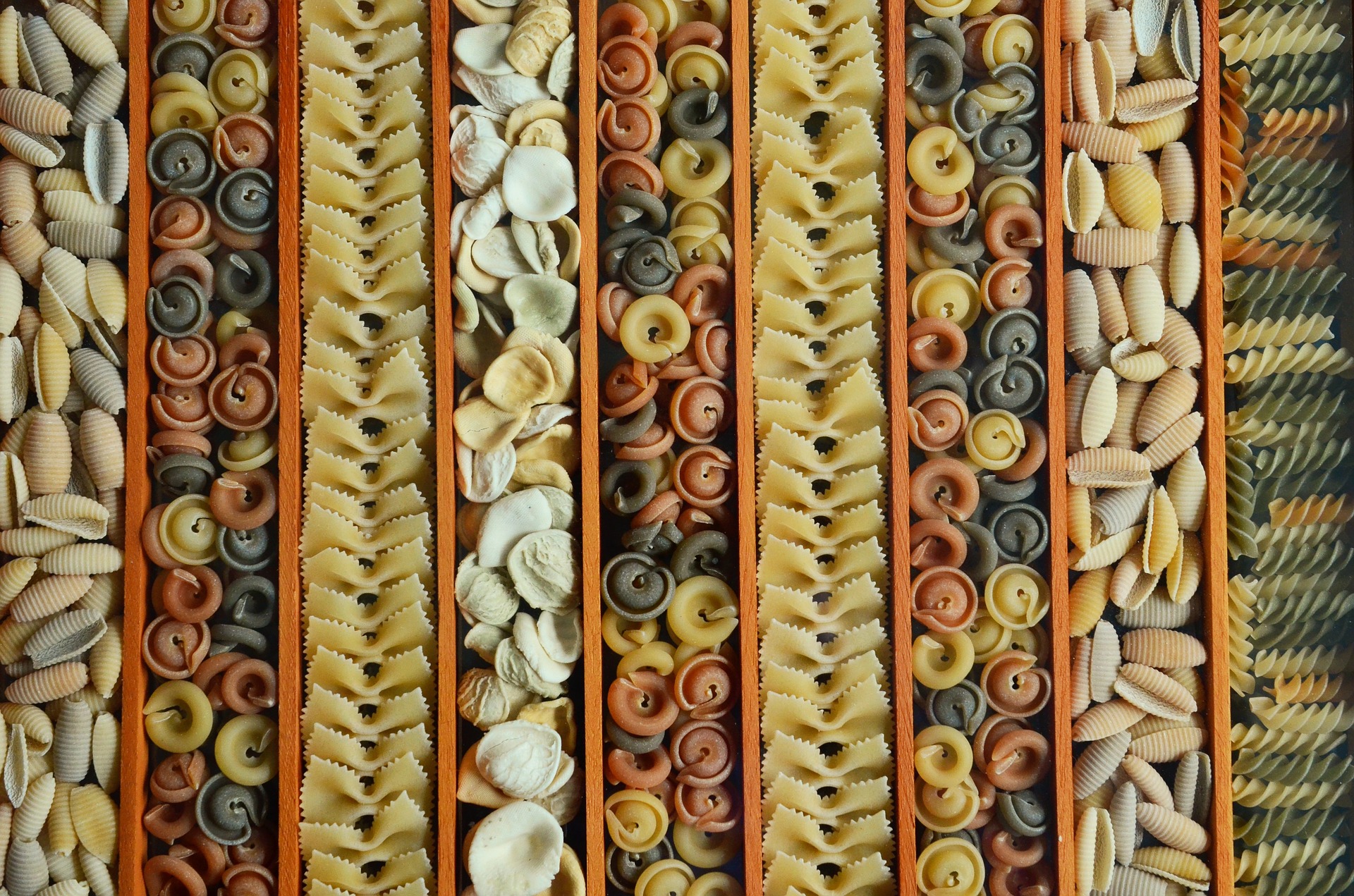
Dried pasta varieties
Nutritious Noodles and Pasta
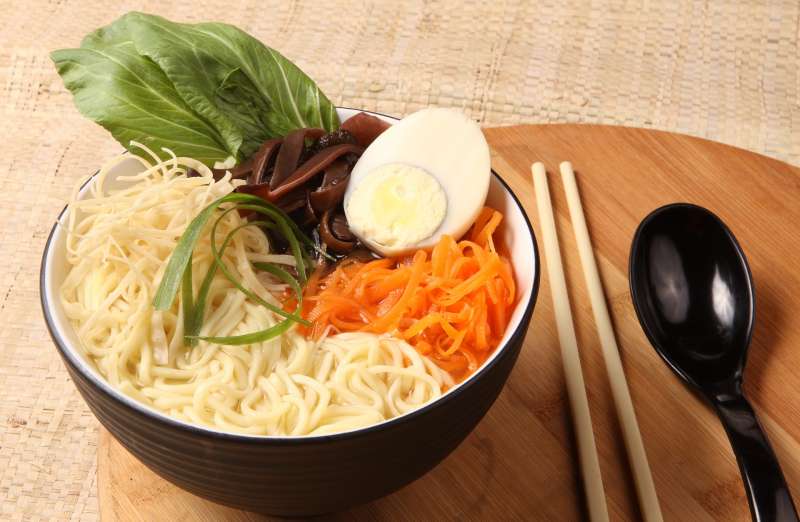
Bowl of noodles
Although originally from China in the form of noodles of various varieties, the seeds and knowledge to grow and make noodles from wheat flour made their way through trade routes into Italy. Over time they were developed and refined into many different forms and shapes, becoming known as pasta.
Most pasta is made from durum wheat, as it is hard and so absorbs less water when cooked. It can also be made using wholewheat, buckwheat and corn flours and made with or without egg, egg pasta is more nutritious and harder to overcook. Pasta can also be flavoured and coloured, with many other ingredients such as herbs, spinach, tomato, beetroot, saffron and even chocolate or squid ink.
Noodles are made from either wheat flour, buckwheat flour, rice or mung-bean flour and can be found in a variety of shapes and thicknesses. The most common types are udon, somen or egg, there are also soba noodles which are those made from buckwheat flour and rice noodles.
Noodles and Pasta Nutrition
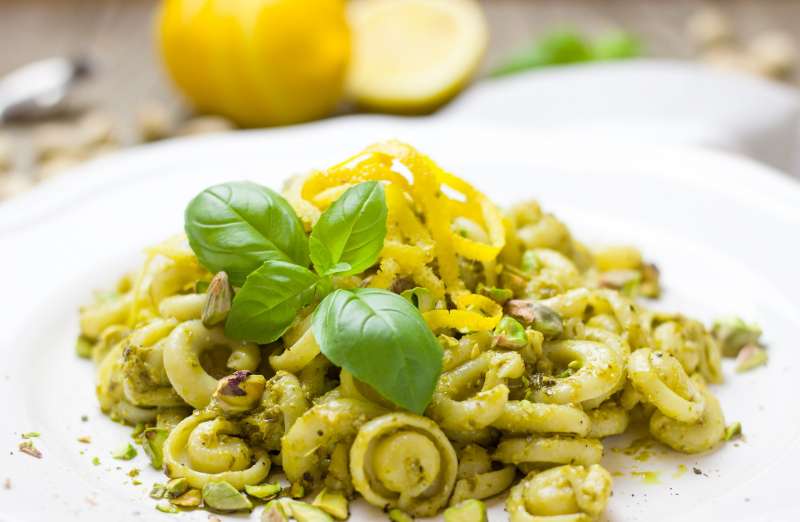
Prepared pasta dish
Pasta and noodles are a good source of carbohydrate, which contains an important and ready supply of energy, as well as vitamins and minerals that our bodies need to function properly. Wholewheat pasta and noodles contain more fibre as they are made using the whole of the grain, this also means they will take longer to cook. Buckwheat pasta and noodles contain higher levels of protein and have a more nutty flavour and along with Corn pasta and Rice noodles are gluten free.
Along with other sources of carbohydrates they are often seen as "fattening", but this is due to the often high amounts of sugars, oils, butter and cream used in many of the ready made sauces they are prepared in. Carbohydrates contain the same amount of calories per gram as protein and less than half the calories of fat, so it isn’t the carbs or any other single nutrient increasing our waistlines, its a combination of many factors.
To find out more about carbohydrates, take a look at our page at the link below
Buying and Cooking
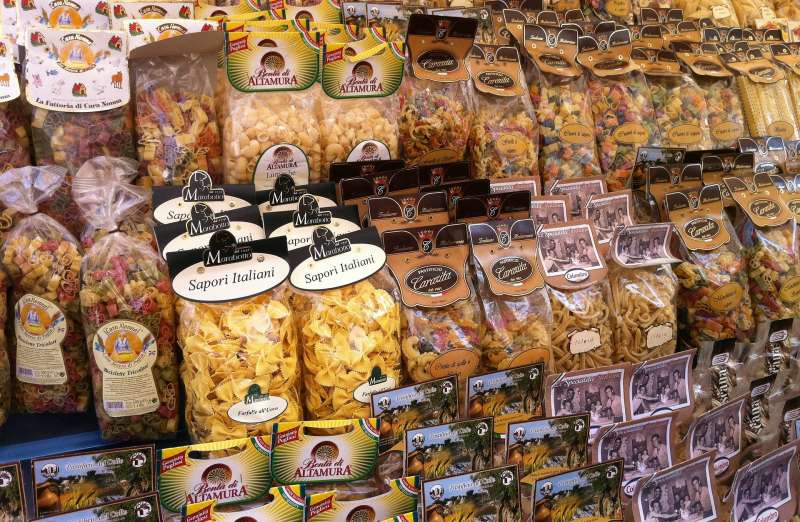
Packets of pasta
Any pasta type can be used for any particular dish, However, usually long thin pasta such as spaghetti is served with simple sauces of butter, herbs, tomatoes, garlic or cheese. Richer, more complex sauces are better served with shaped pasta, such as rigatoni, farfalle, fiochetti or conchiglie, where the sauce can stick to and pool in the ridges, curves and hollows.
Pasta should be cooked in plenty of boiling water to stop it sticking together, making sure its added to the boiling water and giving it an occasional stir means there is no need to add any oil. Fresh pasta will cook in around 3 minutes, whereas dried will take around 10 minutes. The pasta is cooked when a piece feels tender but still has a little bite in the centre (al dente) Once pasta becomes overcooked it loses its texture, sticks and masses together.
All noodles are precooked, so only need to be soaked in boiling water before use. Dried noodles will keep for several mouths in an air tight container in a cool cupboard, fresh noodles should be stored in the refrigerator and will only keep a few days.
This article is part of our new recipe type 'Learn to cook'. These recipes will provide you with fundamental cooking skills and break down the nutrition information on various cooking methods.
Below is a link to all our recipes and the first noodles and pasta recipe from our new series 'Tomato Pasta'.

